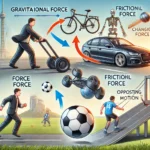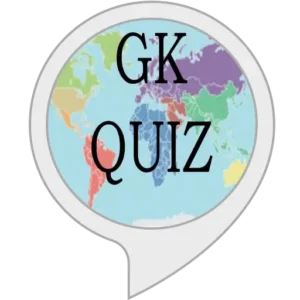Total Marks: 50
Time: 1 Hour 30 Minutes
Instructions:
-
Answer all questions in Sections A and B.
-
Choose any two questions from Section C.
-
Write neatly and use scientific terms where possible.
Marks Allocation:
-
Section A: 1 mark per question (10 total).
-
Section B: Marks as indicated per question (20 total).
-
Section C: 5 marks per question (10 total, if two answered).
Section A: Multiple Choice Questions (10 Marks)
(Circle the correct answer)
-
Which organ filters dust from inhaled air?
a) Lungs
b) Nose
c) Windpipe
d) Diaphragm -
Gas exchange in the lungs occurs in tiny sacs called:
a) Bronchi
b) Alveoli
c) Capillaries
d) Trachea -
During inhalation, the diaphragm:
a) Relaxes
b) Contracts
c) Disappears
d) Stops moving -
Which blood vessel carries oxygen-rich blood away from the heart?
a) Vein
b) Artery
c) Capillary
d) Vena Cava -
The largest artery in the body is the:
a) Pulmonary Artery
b) Aorta
c) Coronary Artery
d) Jugular Vein -
The heart chamber that pumps blood to the lungs is the:
a) Left Atrium
b) Left Ventricle
c) Right Atrium
d) Right Ventricle -
Which component of blood fights infections?
a) Red Blood Cells
b) White Blood Cells
c) Platelets
d) Plasma -
The “lub-dub” sound of the heart is caused by:
a) Blood flow
b) Valve closures
c) Lung expansion
d) Muscle stretching -
Breathing through the nose is better than the mouth because the nose:
a) Has no hairs
b) Filters and warms air
c) Absorbs oxygen faster
d) Makes louder sounds -
Which system works with the circulatory system to deliver oxygen?
a) Digestive
b) Respiratory
c) Nervous
d) Skeletal
Section B: Short Answer Questions (20 Marks)
-
Label the diagram of the heart (4 Marks)
(Provide a diagram with blanks for: Right Atrium, Left Ventricle, Aorta, Pulmonary Artery) -
Explain the difference between breathing and respiration. (3 Marks)
-
List the three types of blood vessels and one function of each. (3 Marks)
-
Describe what happens to the diaphragm and chest during inhalation. (2 Marks)
-
Why does the left ventricle have a thicker wall than the right ventricle? (2 Marks)
-
How do alveoli help in gas exchange? (3 Marks)
-
What is the role of platelets in the blood? (2 Marks)
-
Name two habits that can harm the respiratory system. (1 Mark)
Section C: Long Answer Questions (20 Marks)
-
Explain the pathway of blood through the heart, including chambers and major blood vessels involved. (5 Marks)
-
Compare arteries, veins, and capillaries in terms of structure and function. (5 Marks)
-
**Describe an experiment to measure pulse rate before and after exercise. Include:
-
Steps
-
Expected results
-
Why the pulse rate changes (5 Marks)**
-
-
How do the respiratory and circulatory systems work together to supply oxygen to the body? (5 Marks)
Bonus Question (Optional, +2 Marks)
Why do doctors use a stethoscope to listen to the heart and lungs?
End of Paper







